10 Website Copywriting Best Practices To Hook Your Customer

You have a great-looking website and good content ideas. Yet, you get only a few hits and conversions. There could be many reasons for this. One of them is the quality of website content copy. That’s why it’s important to follow copywriting best practices. This makes your content engaging and irresistible.
Good copy enhances the user experience. It lets your brand stand out, catches the consumer’s attention, and helps to solve their problems. Well-written website content boosts traffic and sales. That’s among the main objectives of online marketing in the first place.
Let’s explore the main features of web page copywriting and the best practices to get results.
Website Copywriting vs. Other Copywriting
The aim of most press, TV, and online advertising copy is to enhance the brand appeal and make a sale. It often creates a sense of urgency and appeals to emotions.
On the other hand, website content copy attracts consumers based on what they are looking for. To do this, it uses researched keywords and other SEO tactics. In this way, effective content solves problems and creates engagement and loyalty. Eventually, this leads to conversion and retention.
In a nutshell, copywriters persuade, while web content writers inform. Both are equally important. In good online marketing strategies, one will complement the other.
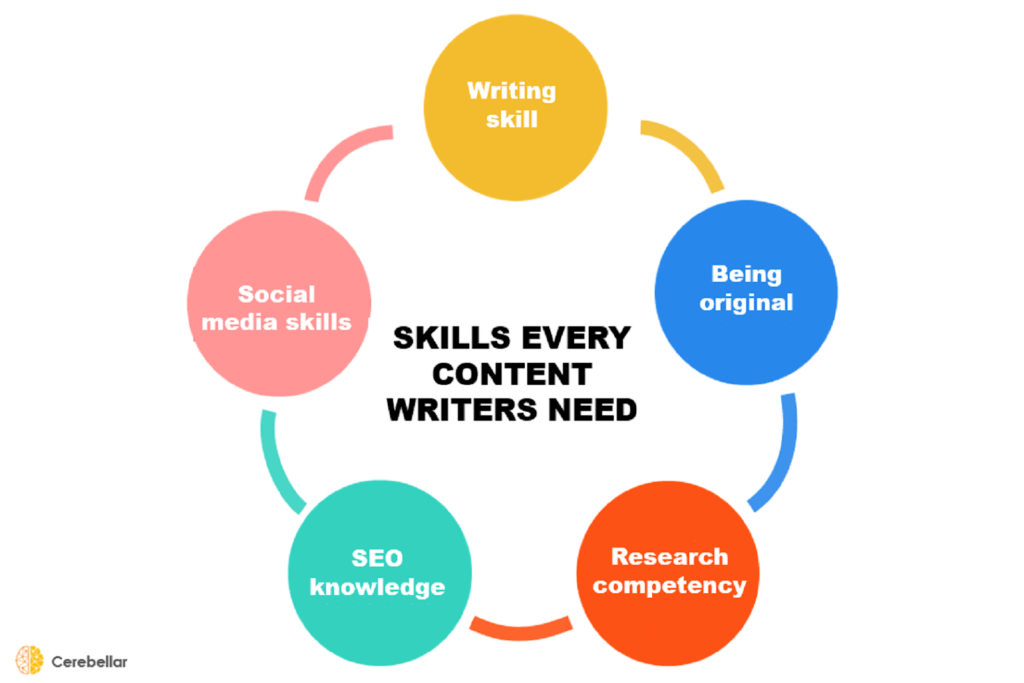
Top 10 Practices for Website Copywriting

How do content writers achieve results? They follow website copy best practices. If you’ve ever wondered how to practice copywriting, use these ten tips to guide you.
1. Know your target audience
Most website content aims to establish a one-to-one relationship with the consumer. The content should come across as a friendly expert giving advice. The first step in writing this way is to understand the consumer.
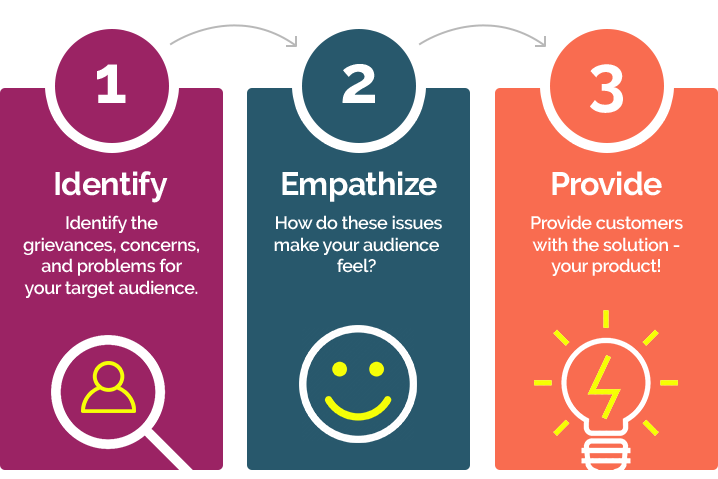
For example, is the content aimed at first-time investors or homemakers looking to save time? Both of them will have very different perspectives. Research, common sense, and other best-performing content are good places to start.
2. Craft attention-grabbing headlines
We live in an age of distraction. It can be hard to catch the consumer’s eye with so much content and so many social media posts already out there. A catchy headline can help you to do this. It doesn’t have to be clever or complicated. It should never be hard to understand. Often, a statement of the consumer’s problem and ways to solve it will work. Words like “secret,” “new,” “breakthrough,” and “how-to” are very effective.
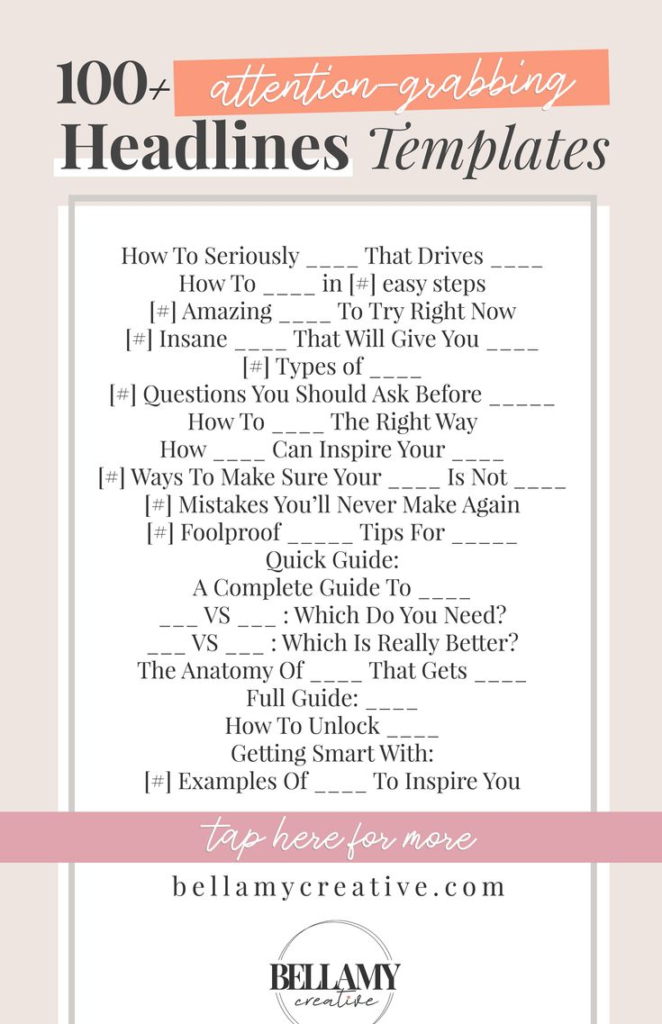
3. Use “you”
“You” is a simple three-letter word that can work wonders. Content that uses this word often steps into the consumer’s shoes. It makes the content personal—as though someone is sitting next to you and showing you what to do.
Using “you” also means that the content becomes specific, relatable, and not a general formula. It’s a way for brands to demonstrate that the content is not about them but the consumer.
4. Focus on the benefits
The best copywriting is benefit-oriented. Consumers will not spend time on content if it stresses the negative or if it is only a list of product features. The focus should be on the benefits that await the consumer. How can they achieve things faster, better, and more efficiently?
What can they do to solve their problems immediately? How can they make their days and lives more productive? Remember the old saying, “Sell the sizzle, not the steak?” This means you should talk about the benefits and advantages, not the product.
5. Weave in emotions
All good copywriting appeals to the consumer’s emotions. Website content is no exception. Facts and figures should be the foundation, but emotions lead to action. Think about how consumers feel about an issue and how the content should make them feel.

If they’re confused, the content should offer clarity; if dissatisfied, the content should offer a solution; if bored, the content should be entertaining.
6. Use a consistent tone.
Memorable brands have a consistent and unique tone of voice. Nike is performance-oriented. Coke is about fun and refreshment. Apple is about seamless style.
Good content also adheres to a consistent tone throughout. Content about business software or marketing, for example, should sound professional and business-like without using slang. Content about music or fashion can be entertaining and fun. The ideal scenario is not to mix tones but to stick to the most appropriate one. Think of it as a style of voice that is used while speaking.
7. Keep it crisp
Sometimes, web content takes too long to get to the point. It uses unnecessary words and sentences. The chances are that consumers will switch off and stop reading. You need to keep it crisp and snappy.
Use short sentences and paragraphs when you can. Break up information into subheads and bullet points. Say what you need to without straying from the subject or losing focus. A helpful way to do this is to structure and organize information before starting to write.
8. Use internal links
Internal links are a great way to encourage consumers to visit other parts of your site. These links can provide added information about subjects related to your content. Sometimes, external links to credible sources also demonstrate a desire to help consumers find information.
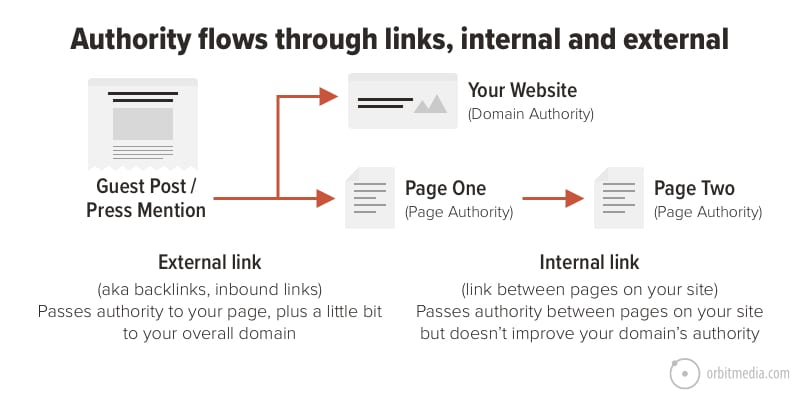
Another advantage of providing links in web content is that search engines use this as a factor for higher rankings. Remember, though, that there should not be too many links. This can cause consumers to navigate away from the page before digesting your communication.
9. Lead with the strongest points
This is a valuable tip from newspaper and magazine articles. They put the most critical piece of information at the top and less-important points below that. Web content about new ways to do something, or the latest research and innovation, should also adopt this formula. This hooks readers from the start. It also shows respect for their time. Even if they stop reading midway, they will have received the main message.
10. Create a compelling CTA
The purpose of web content is to make the consumer do something. It could be to make a purchase, find more information, sign up for email, get notifications, or more. A proper call to action is therefore essential.
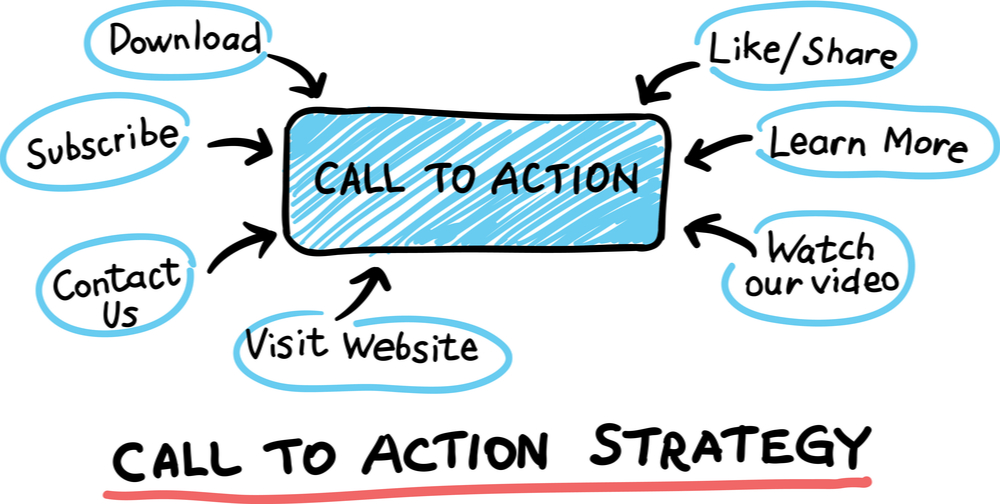
Words such as “find out more,” “take advantage,” “grab this offer,” and so on are effective. The content should lead up to the CTA in a seamless manner. It should make consumers feel that they will miss out if they don’t take action.

The Final Word
Good content copy makes a huge difference to the performance of a website. If you think of your webpage as a marketing tool, then copywriting best practices are ways to keep it sharp and productive.
Make sure that images work with website content to achieve better results. Optimized images improve web page UX to create a satisfying environment for the consumer. The copy should be written so that images fit inorganically.
Pie charts and bar graphs can be helpful ways of communicating large amounts of data. Infographics, too, are memorable and eye-catching devices. In this way, a good copy has an even greater chance of meeting your objectives.

FAQs
1. Not placing the reader’s needs first
2. Using jargon that is not relevant
3. Ignoring keywords
4. Keeping the tone inconsistent
5. Not keeping the content benefit-oriented
Website copywriting mainly involves writing digital content for website landing pages, product pages, and blog posts. The intention is to draw in consumers with keywords and provide relevant information.
Copywriting for SEO means creating content that is ranked by search engines. It serves the needs of consumers and their questions. This can lead to a rise in search result placements when done well.
Latest Blogs
Learn how to rank on AI search engines like ChatGPT, Perplexity, and Gemini by optimizing your content for authority, structure, and relevance. Stay ahead in AI-driven search with this strategic guide.
Explore the best healthcare SEO services for your medical practice. Improve online visibility and effectively reach more patients in need of your services.
Discover top social media agencies specializing in banking solutions, enhancing financial services and driving engagement.
Get your hands on the latest news!
Similar Posts

B2C Marketing
5 mins read
Top Choices for Best Content Marketing Services in B2B Industries

Artificial Intelligence
5 mins read
How A Lead Generation Specialist Can Use AI-Powered Content Funnels to Drive Conversions

Artificial Intelligence
4 mins read